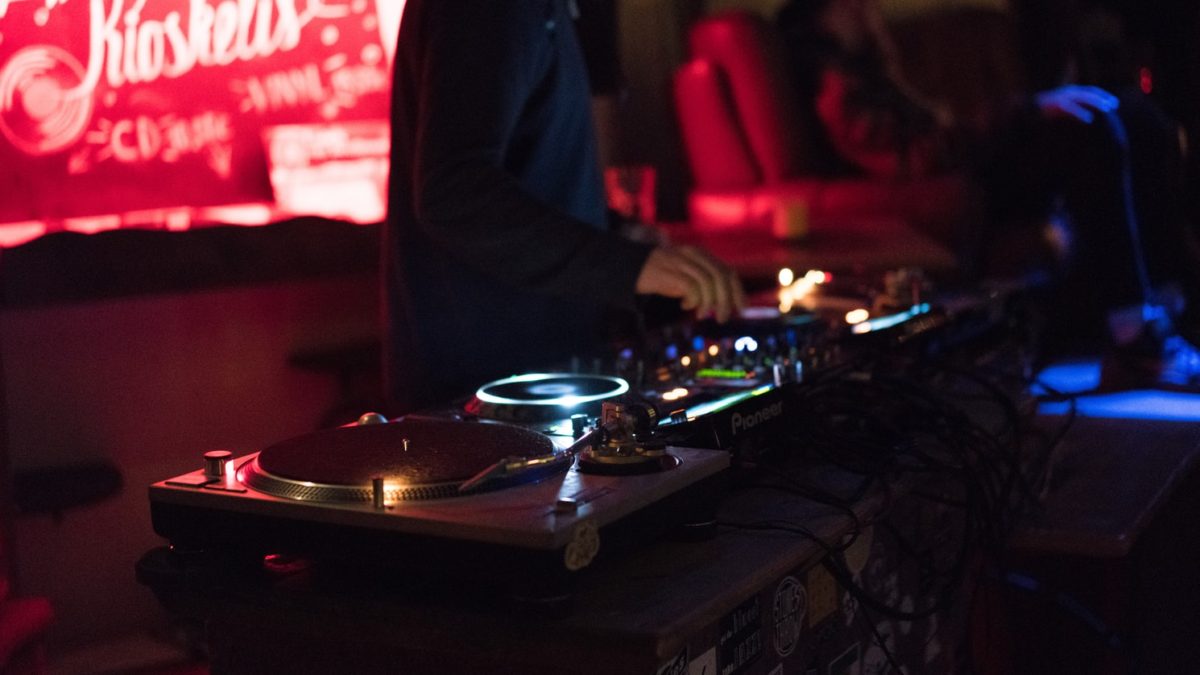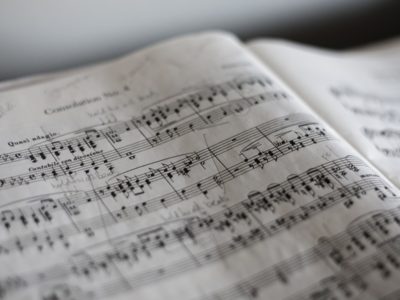
Arabic music (Arab ongaku) is the music of Arabic- speaking people. Regionally, it has a spread centered on Southwest Asia and North Africa, and as countries, Saudi Arabia, United Arab Emirates, Bahrain, Kuwait, Oman, Qatar, Syria, Iraq, Lebanon, Egypt, Tunisia, Algeria, Morocco, Become Yemen and so on. He is also involved with the music of Iran and Turkey in the surrounding area.
It is monophonic and the melody is heptatonic rather than five-scale like Chinese music. The use of pitches called neutral pitches is characteristic. One of the features of the melody is that it has a rhythm accompaniment such as drums.
In recent years, Rai, which originates in the Oran region of Algeria, has developed as popular music and is popular not only in the Middle East but also in Europe and around the world.
Music theory
• Maqam
• Ekaa
Musical instrument
• Oud
• Qanoon
• Ney
• Drabik
• Comanche
Researcher
Francisco Salvador-Daniel (1831-1871) was the first person in Western society to study Arabic music in earnest. Born in France as a child of a Jewish – Spanish immigrant, he studied at the Paris Conservatory, admiring Feliciano Davie, who studied Eastern music in Egypt, Palestine and Turkey in the 1830s. He traveled to colonial Algeria, where he learned Arabic and studied Arabic music alongside a violin teacher. In 1863, he published “La Musique Arab”, which made a noise in Paris. He returned to Japan in 1865 and premiered his own Arab opera “Fantasy Arab” in 1867. After that, he devoted himself to socialist thought, worked on music criticism, etc., and when the Second Empire ended due to the Franco-Prussian War, he joined the political movement as a member of the commune and became the director of the Paris Conservatory in 1871. He was shot dead by the regular army on the day.
Approaching the charm of the music that brings “Tarab”
The Arabic word “tarab” means heightening of the mind. Arabic music is said to bring “tarab” to both listeners and performers. What kind of music is that fascinating?
This book focuses on music and explains various aspects such as history, characteristics, modern developments, musical instruments, etc. in an easy-to-understand manner in the sound culture that the Arab people have cultivated in the Middle East and North Africa.
The author, who has a deep knowledge of both Western and Arabic music, attempts to approach Arabic music from a special position as a point of contact between the European Christian world and the Arab Islamic world.
Simon Jargy (1919–2001)
Born in Mardin, Republic of Turkey. He received his PhD from Cole critique des haunts etudes in 1951 and became a professor of Islamic Studies at the University of Geneva in 1964. Specializes in ethnomusicology in the Middle East. He is also known for introducing the world-famous oud player Munir Bashir to the Western world. The first edition of this book became a best-selling book of the same genre with over 23,000 copies sold, and an Arabic translation was also published. His representative work is ” La poesy popularize traditionally chanted au Porches-Orient araba ” (Mouton, 1970).
Tetsuo Nico
Completed the doctoral course at the Graduate School of Letters, Kyoto University. Doctor of Letters. Ethnolinguistic and Arab studies. Professor at the National Institutes for the Humanities and National Museum of Ethnology, Professor at the Graduate University for Advanced Studies, Graduate University for Advanced Studies.
Naoko Okamoto
graduated from the Department of Literature (French Literature), Faculty of Letters, Keio University, completed the master’s program at the Graduate School of Regional Culture, Tokyo University of Foreign Studies, and completed the doctoral program at University François Rabelais de Tours. Diploma de doctor de Letters Moderns. French literature and French-speaking Middle Eastern cultural studies. A French lecturer at Senseco Gakuen College of Music and an outpatient researcher at the National Museum of Ethnology. These de doctorate de Letters Moderns presented à University François Rabelais de Tours, October 2007), “Debussy et la literature-author de la critique musicale par Roman Rolland” No. 96 Such.
Classical music and popular music]
Even if you say Arab music in a nutshell, the genres are classical music (classical), traditional music (traditional), so-called art music, folk songs (folk roll), and popular songs (popular). ), Dance music, etc., and each genre shows different developments depending on the country, ethnicity, and region. However, the theories of mode and rhythm that form the basis of these music are generally common, and in classical music, the theory was pursued and refined.
Therefore, for the sake of convenience, Arabic classical music is simply called “Arab music” and will be explained exclusively. In addition, I would like to take up Volkroll and popular music at another time in the future.










